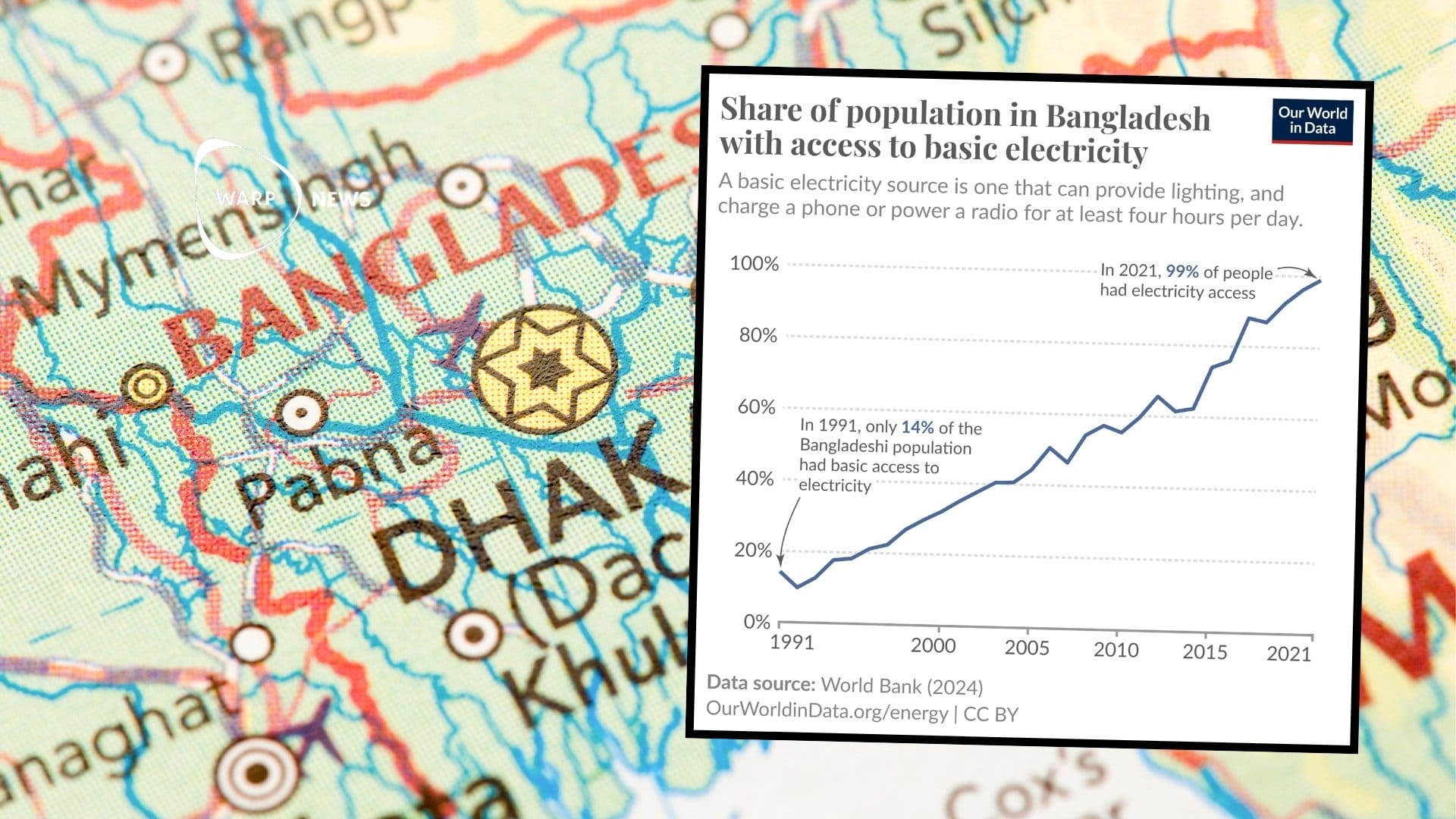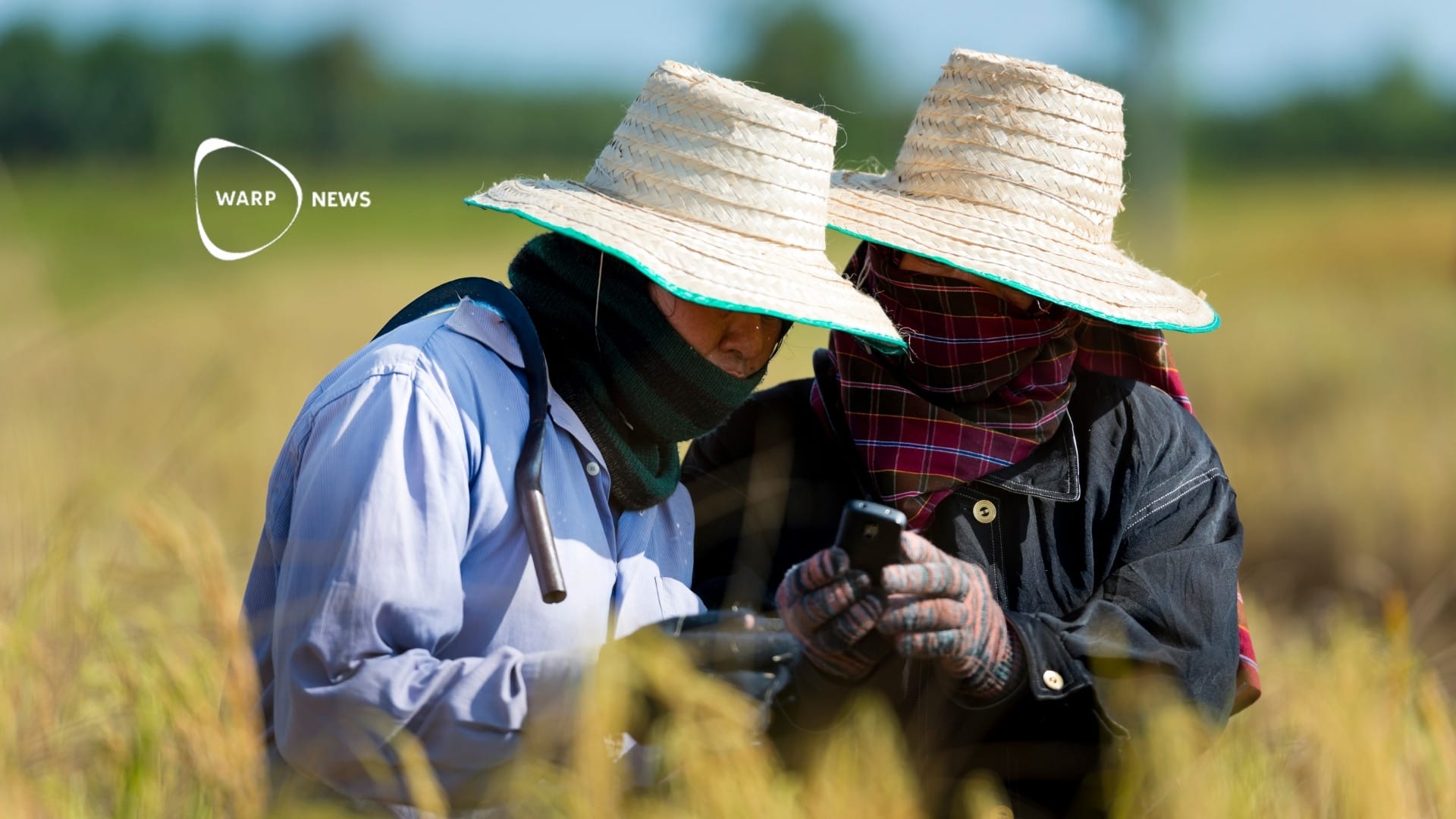📈 Human Progress
In the last decades humanity has made great progress with less extreme poverty, increased health, wealth and democracy. We follow in the tradition of professor Hans Rosling.
🏊♀️ Global drowning deaths have decreased by 38 percent since 2000
Progress has been unevenly distributed globally. Europe experienced a 68% reduction in mortality while Africa only decreased by 3%. WHO advocates several community-based actions to prevent drowning.
👮 Police have identified 600 children through new AI method against sexual abuse
With the help of a new analysis program with AI functions and an Interpol database, 600 Swedish children have been identified in images and videos online during 2025.
🐁 Scientists have created woolly mice on the path to mammoth's return
Scientists at the biotech company Colossal Biosciences have created genetically modified mice with thick, woolly fur as a step toward recreating woolly mammoths. The company plans to "de-extinct" the mammoth with the goal of birthing the first calf before the end of 2028.
⚡ Over 100 million people in Bangladesh have gained access to electricity
Bangladesh has increased access to electricity from 15 percent to almost 100 percent in 30 years. More than 100 million residents can now use household appliances and stay connected via phone and internet. Over half of the population now has access to electricity for more than eight hours per day.
💵 Wage gaps decrease globally according to new ILO report
Wage inequality has decreased in two-thirds of all countries since 2000. Low-income countries show the most significant decreases in wage inequality, with an annual decrease between 3.2 and 9.6 percent.
📱 90% of world's population lives within 4G coverage
The global share of people living within 4G coverage has increased from 44 percent to 90 percent between 2015 and 2023. Sub-Saharan Africa has improved its coverage from 11 percent to 63 percent. Asia has made significant progress from 40 percent to 94 percent coverage in eight years.
🦠 Scientists recreate life's most important microbial interaction
Scientists have for the first time managed to observe how a bacterium begins living inside a fungal cell. The results provide new understanding of how complex life has evolved.
😷 Covid symptoms are getting milder
Despite covid-19 variant XEC showing concerning early results in the laboratory, hospitalizations are fewer than previous winters. The majority of those infected are either asymptomatic or experience only mild cold symptoms that can be confused with seasonal allergies.
🐅 India's tiger population is roaring back – doubled in twelve years
India has increased its tiger population from 1,706 to 3,682 tigers between 2010 and 2022. The country is now home to 75 percent of the world's wild tigers. Local communities benefit from ecotourism linked to the tigers.








